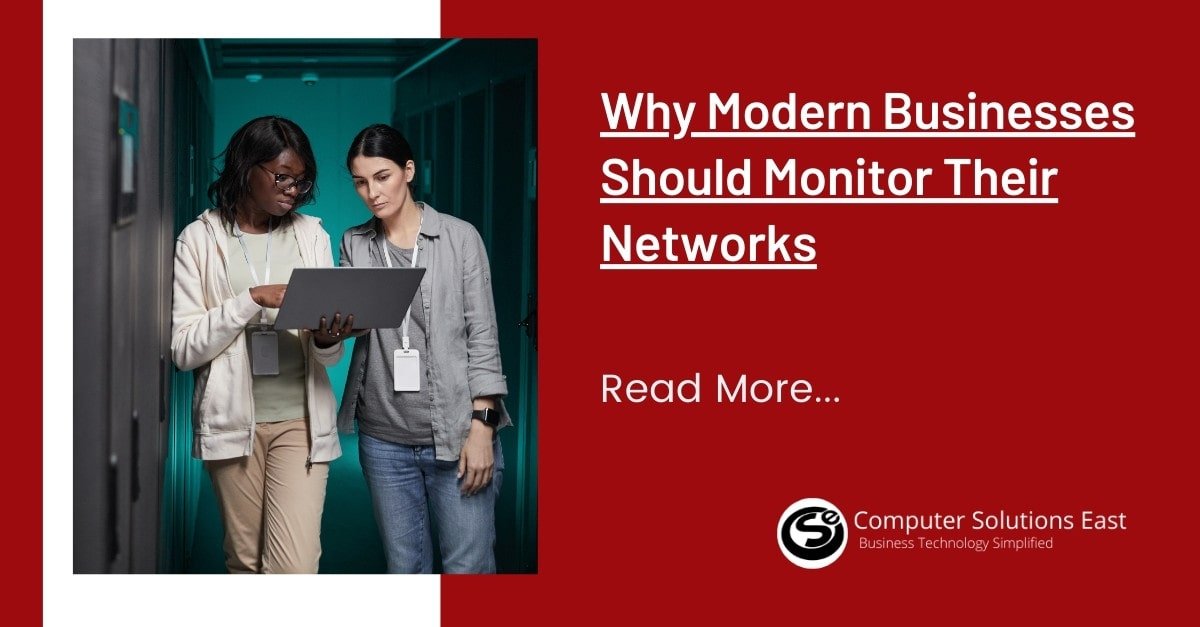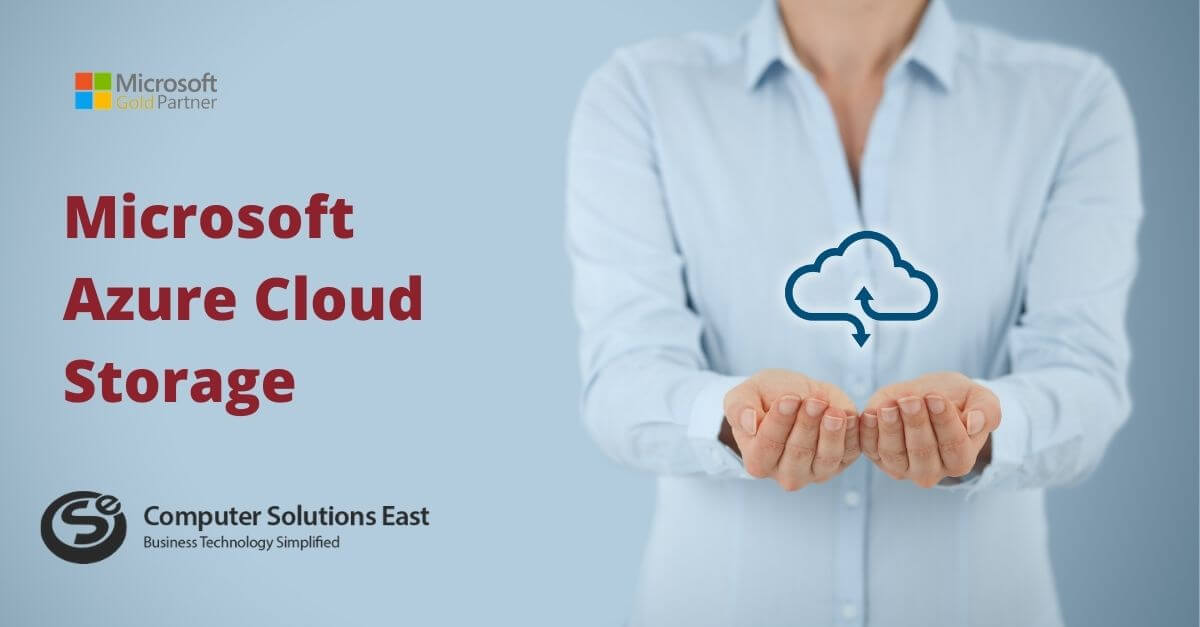Issues to Tackle and Steps to Follow for Cloud-based Application Development
The technical sophistication of cloud applications cannot be overlooked. Enterprise needs to follow the three major types of cloud-based solutions – SaaS, PaaS, and IaaS. This implies that you can either become a provider or create a third-party solutions-based cloud application. There are many engineering issues to tackle for cloud service providers.
Security: A lot of confidential data is handled and stored by cloud-based applications. For any organization that uses such solutions, security concerns are therefore critical. For your clients, the cloud service provider needs to guarantee data protection. The development of cloud-based apps includes various API integrations that can be harmful to security. To boost your cloud-based app’s security level, it’s best to use strong data encryption and SSL.

Reliability: For your cloud solution, you need to select a stable cloud platform. Without delays and mistakes, consumers expect the service to operate. Here, the managed cloud services provider can choose from a range of cloud solutions that ensures top-notch reliability. For instance, it can be AWS, Microsoft Azure, and others. AWS enables all data to be safely backed up and provides developers with a large pool of other software features to work with.
Performance: The more data centers your cloud service provider has, the better your app’s efficiency. For example, global providers position their servers to give users, despite their location, the same page loading speed. Using content delivery networks (CDNs) to speed up the delivery of content is also standard practice. They’re also a part of the infrastructure for cloud apps.
Scalability: It’s easier to ensure the cloud product’s scalability when you opt for a selected server. A plethora of managed cloud services providers would enable excellent opportunities for scalability. If you can scale up the solution, due to unexpected waves of traffic, it falls over. Scalability enables more users to be handled daily. This contributes to a higher profit for your company.
For a successful user experience, the output of the app is crucial. If your solution takes longer than 3 seconds to load, the conversion will result in a loss. Therefore, they ensure following the essential steps for cloud-based application development.
Step #1. Conducting a Market Research
You need to do market research and comprehend the pains of your consumers to obtain users. It will allow a cloud service provider to build a reliable solution that will deliver value to end-users. The target audience must understand why hundreds of others on the market should choose your product. Analyzing rivals, their traits, and business models is a smart idea.
Step #2. Hire Development Team having Cloud Services Providers
You will need to hire a team of experienced cloud-based software developers. These are the people on whom you can rely for leveraging cloud services.
Recruiting such a team will require partnering with independent developers, creating an in-house team, or finding a reliable supplier for cloud application development.
Step #3. Identifying your Cloud App Features and Framework
The design and the operational model, which is largely referred to as a framework by cloud services providers, play a key role in software execution. Your decision regarding these two will define the course of your application.
Step #4. Picking up the necessary Technology Stacks
Work with experts to choose the tools to build cloud-based applications. You will need the help of cloud app developers to evaluate the design, requirements, and features of the app to help you gauge the right technology stack. Here, it is crucial to consider the app scalability to define your application lifecycle.

Step #5. Thorough Product Testing
The creation of cloud applications should include the stage of testing. Your development team needs to test it to avoid bugs before releasing the product. At this point, you make sure the program functions correctly and offers the required user experience.
Cooperating with full-cycle production firms is easier. Such vendors provide creation, design, testing, and management. In this situation, the team works together on your project and the communication is easy. The product quality is higher as a result.
Step #6. Launching and Updating the Application
For the App Store (iOS) and Google Play, you need to release the app (Android). To speed up the process, Google Play uses automated testing. However, if the application is rejected, it may not be easy to understand why—the App Store delegates authentication of software to actual individuals. If there are any bugs, they will ask for them to be patched.
As for the web app, they test how the program functions in the real world are essential. You may choose one of these forms of cloud deployment: public, private, or hybrid. Everyone should use public servers. This choice suits different businesses and purposes. One organization can use remote servers. They appear to have full IT infrastructure power. For both systems, hybrid clouds are acceptable. If you want to switch between both forms, you can select this version.
Computer Solutions East enables the enterprise to leverage a flexible SaaS network that offers retail companies a suite of tools. They include management of warehouses, inventory management, receiving, and others. Onboard our cloud app development team for different operating systems that run swiftly throughout their lifecycle by allowing design integration and compliance with set specifications.


